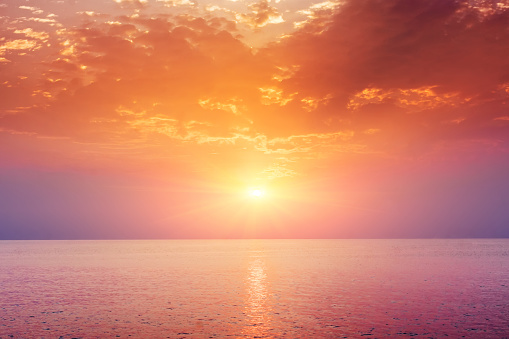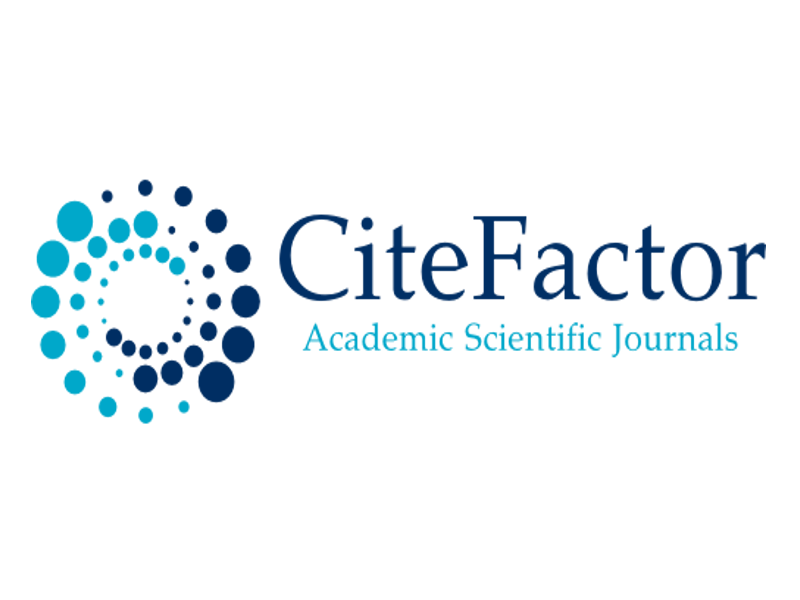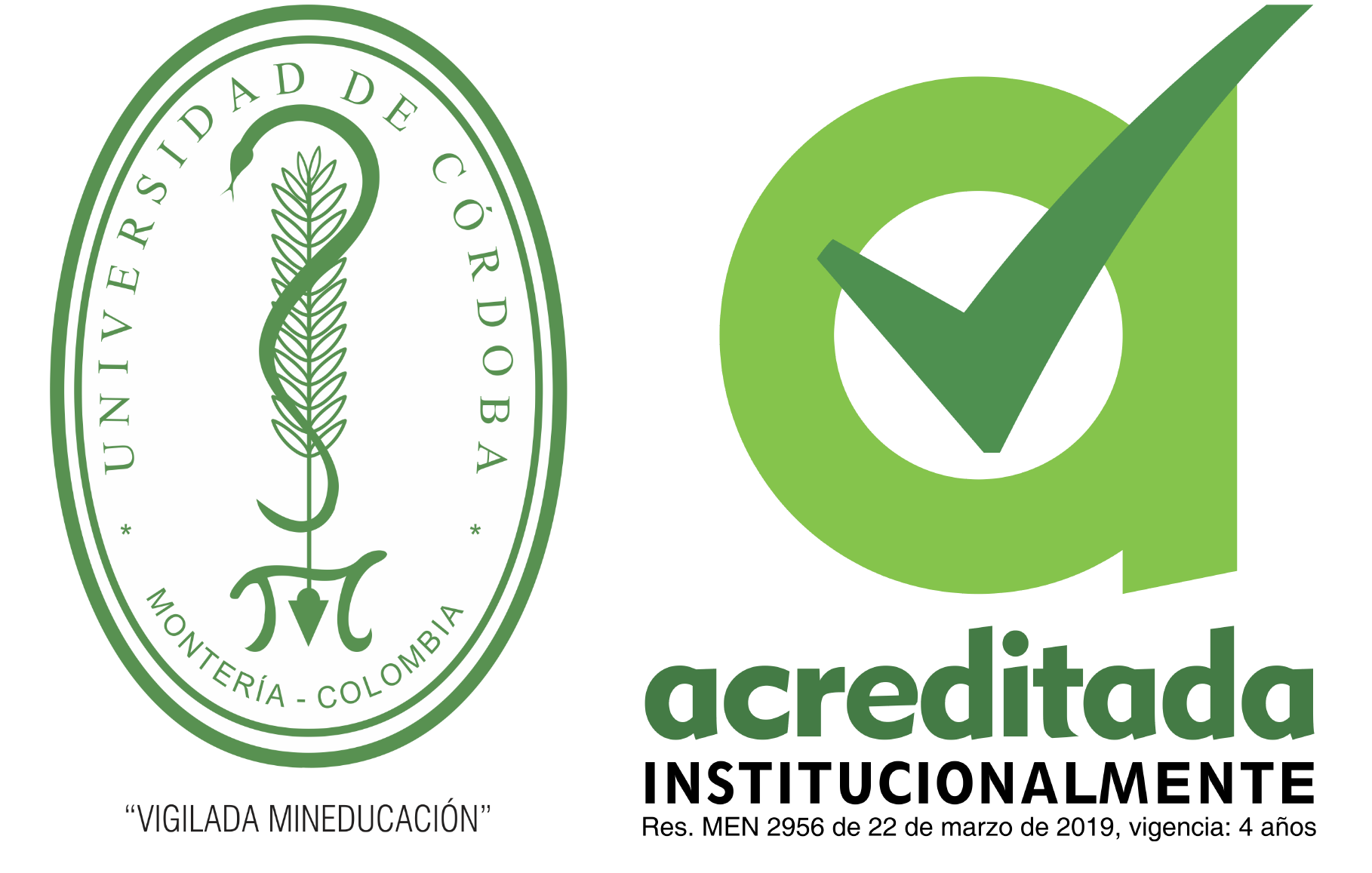Producción de protector solar a partir de Chlorella vulgaris
Production of sunscreen from Chlorella vulgaris

Mostrar biografía de los autores
Las microalgas son candidatas potenciales para elaborar fotoprotectores seguros y amigables con el medio ambiente ya que pueden producir metabolitos ricos en filtro UV (carotenoides β y micosporinas) debido a que se encuentran en nichos ecológicos que les permiten desarrollar pigmentos para captar la luz. En este trabajo, se implementó Chlorella vulgaris para producir un protector solar a escala de laboratorio. Esta fue cultivada en dos fotobiorreactores en medio de cultivo Bold Basal durante 42 días, con agitación neumática continua, pH entre 8-9 y temperatura entre 17 °C y 19 °C. El suministro de intensidad lumínica fue continuo con luz LED roja para el primer cultivo y luz LED blanca para el segundo cultivo. Se evaluó el crecimiento celular, la tasa de crecimiento, el peso seco, la productividad y la concentración de carotenoides β y micosporinas. Para elaborar el protector solar se utilizó como filtro UV la biomasa microalgal seca y al prototipo se le evaluaron sus propiedades físicas, organolépticas y el factor de protección solar mediante un método In vitro. La luz LED blanca aumentó la tasa de crecimiento y productividad de la microalga. La concentración de micosporinas se incrementó en el primer cultivo y la concentración de carotenoides β se vio afectada por la intensidad de luz, evidenciando que, a mayor intensidad de luz, mayor producción de estas moléculas fotoprotectoras. El SPF fue de 7.74 el cual clasifica al protector solar como de media protección. Los resultados obtenidos en este trabajo demuestran el potencial que tiene Chlorella vulgaris para ser utilizada en la producción de protectores solares biológicos.
Visitas del artículo 645 | Visitas PDF
Descargas
- Amador-Castro, F., Rodriguez-Martinez, V., & Carrillo-Nieves, D. (2020). Robust natural ultraviolet filters from marine ecosystems for the formulation of environmental friendlier bio-sunscreens. The Science of the Total Environment, 749(141576), 2-11.
- Ariede, M. B., Candido, T. M., Jacome, A. L. M., Velasco, M. V. R., de Carvalho, J. C. M., & Baby, A. R. (2017). Cosmetic attributes of algae - A review. Algal Research, 25, 483-487.
- Arredondo, B., & Voltolina, D. (2007). Métodos y herramientas analíticas en la evaluación de la biomasa microalgal. CIBNOR.
- Batlle, C. (2005). factor de protección solar. 24 (6), 65-72.
- Bertoloni, B. (2022). In vitro photoprotective attributes from the Chlorella vulgaris cultivated in photobioreactor.
- Carrascal Rivera, D.D., Tasco Quintero, A. C., Barajas-Solano, A.F., García J.B & Machuca F. (2021). Analysis of the aplications of the microalgae Botryococcus braunii in industrial. 12(2),2-4.
- Chois, F. (2014). Evaluación de la acumulación de carbohidratos en la microalga Chlorella spp. Asociada con la bacteria Azospirillum brasilense.
- Corzo Piñeros, R. J., Manrique Ruíz, I. G., Sandoval Herrera, J. A., y Rubio Fernández, D. (2019). Evaluación de carotenoides y lípidos en la microalga Scenedesmus dimorphus a escala laboratorio. Revista Mutis, 9(1), 20–28. https://doi.org/10.21789/22561498.1471
- Crespo, C. (2022). ¿Qué impacto tienen los protectores solares en los ecosistemas? https://www.nationalgeographicla.com/medio-ambiente/2022/09/que-impacto-tienen-los-protectores-solares-en-los-ecosistemas.
- Dunlap, W. C., Rae, G. A., Helbling, E. W., Villafa e, V. E., & Holm-Hansen, O. (1995). Ultraviolet-absorbing compounds in natural assemblages of Antarctic phytoplankton. Antarctic Journal of the United States, 30, 323-326.
- Gomez, C., & Legido, J. (2017). The Potential Use of Marine Microalgae and Cyanobacteria in Cosmetics and Thalassotherapy . 4 (46), 5-14.
- Gomez, L., Tormos, L., & Ortega, Y. (2022). Cultivo y aplicaciones de Chlorella vulgaris: principales tendencias y potencialidades en la agricultura. Tecnología Química, 42 (1), 1-70.
- Grand View Research. (2020). Cosmetics Market Size, Share & Trends Analysis Report By Product (Skin Care, Hair Care, Makeup, Fragrance), By End-user (Men, Women), By Distribution Channel, By Region, And Segment Forecasts, 2023 - 2030. https://www.grandviewresearch.com/industry-analysis/cosmetics-market#.
- Huang, J. J., Bunjamin, G., Teo, E. S., Ng, D. B., & Lee, Y. K. (2016). An enclosed rotating floating photobioreactor (RFP) powered by flowing water for mass cultivation of photosynthetic microalgae. Biotechnology for Biofuels, 9(218), 1-18. 10.1186/s13068-016-0633-8.
- Ibanez, F. (2018). Protocolo para la determinación de carotenoides en frutos nativos.
- Llewellyn, C. A., Greig, C., Silkina, A., Kultschar, B., Hitchings, M. D., & Farnham, G. (2020). Mycosporine-like amino acid and aromatic amino acid transcriptome response to UV and far-red light in the cyanobacterium Chlorogloeopsis fritschii PCC 6912. Scientific Reports, 10(20638),1-13. 10.1038/s41598-020-77402-6.
- Martinez, M., Robles, J., Narvaez, A., Franseschi, F., Tamayo, M., Ruiz, A., & López, Y. (2022, Desarrollo celular de Chlorella vulgaris en FBR de columna de burbujeo bajo distintos regímenes de luz.8(23), 1-13.
- Metsoviti, M. N., Papapolymerou, G., Karapanagiotidis, I. T., & Katsoulas, N. (2019). Effect of Light Intensity and Quality on Growth Rate and Composition of Chlorella vulgaris. Plants, 9(1), 1-31.10.3390/plants9010031.
- Narla, S., & Lim, H. W. (2020). Sunscreen: FDA regulation, and environmental and health impact. Photochemical & Photobiological Sciences, 19(1), 7-66.
- Outon, J. (2019). DISEÑO Y VALIDACIÓN DE UN MÉTODO NO INVASIVO PARA LA DETERMINACIÓN DEL FACTOR DE PROTECCIÓN DE CREMAS SOLARES. FABRICACIÓN DE UNA CREMA A PARTIR DE MICROALGAS Y EL DISEÑO DE SU PROCESO DE PRODUCCIÓN.
- Pachpawar, N. G., Mahajan, U. N., & Kharwade, R. S. (2018). FORMULATION AND EVALUATION OF SUN PROTECTIVE TOPICAL PREPARATION. International Research Journal of Pharmacy, 9(2), 27-32.
- Pourkarimi, S., Hallajisani, A., Alizadehdakhel, A., Nouralishahi, A., & Golzary, A. (2020). Factors affecting production of beta-carotene from Dunaliella salina microalgae. Biocatalysis and Agricultural Biotechnology, 29 (101771),7-25.
- Raj, S., Kuniyil, A. M., Sreenikethanam, A., Gugulothu, P., Jeyakumar, R. B., & Bajhaiya, A. K. (2021). Microalgae as a Source of Mycosporine-like Amino Acids (MAAs); Advances and Future Prospects. International Journal of Environmental Research and Public Health, 18(23), 10.3390/ijerph182312402.
- Reis Mansur, M. C. P. P., Leitão, S. G., Cerqueira-Coutinho, C., Vermelho, A. B. Silva, R. S., Presgrave, O. A. F., Leitão, Á A. C., Leitão, G. G. Ricci-Júnior, E., & Santos, E. P. (2016). In vitro and in vivo evaluation of efficacy and safety of photoprotective formulations containing antioxidant extracts. Revista Brasileira De Farmacognosia, 26(2), 251-258.
- Rios, A. (2020). Proyecto genérico: OBTENCIÓN DE MATERIAS PRIMAS, PRINCIPIOS ACTIVOS, MEDICAMENTOS Y PRODUCTOS BIOLÓGICOS.
- Rubio Fernández, D., Barrera Flórez, N. A., Angélica, L., Buitrago, F., Jaimes Baquero, C. E. (2017). Aspectos teóricos de la extracción de carotenoides a partir de microalgas. 3(1), 1-14.
- S, D., M, B., K, D., B, S., BS, V., D, S., & N, M. (2017). Studies on the Effect of Red, Blue and White LED
- Lights on the Productivity of Chlorella Vulgaris to Treat Dye Industry Effluent, 6(2), 10.19080/AIBM.2017.06.555682.
- Safi, C., Zebib, B., Merah, O., Pontalier, P., & Vaca-Garcia, C. (2014). Morphology, composition, production, processing and applications of Chlorella vulgaris: A review. Renewable & Sustainable Energy Reviews, 35, 265-278.
- Salvador, A., & Chisvert, A. (2005). Sunscreen analysis. Analytica Chimica Acta, 537(1), 1-14.
- U.S. Food & Drug. (2023). Inactive Ingredients Database Download. https://www.fda.gov/drugs/drug-approvals-and-databases/inactive-ingredients-database-download.
- World Health Organization. (2022). Ultraviolet radiation. https://www.who.int/news-room/fact-sheets/detail/ultraviolet-radiation.
- Yarkent, Ç, Gürlek, C., & Oncel, S. S. (2020). Potential of microalgal compounds in trending natural cosmetics: A review. Sustainable Chemistry and Pharmacy, 17 (100304), 1-7.




